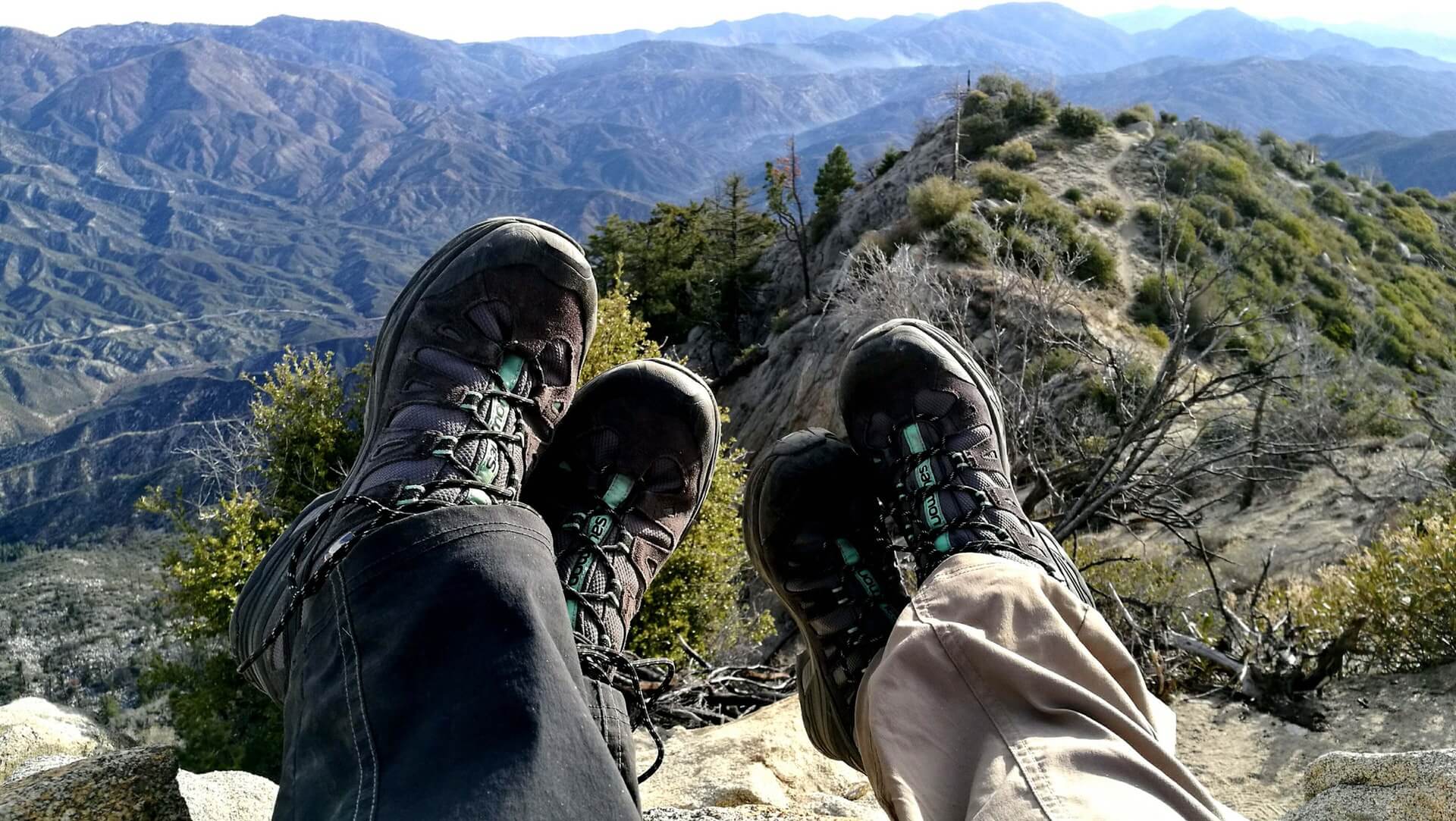
Services
Our Services Include:
Running and Sports Injuries – The lower limbs provide a solid foundation and enable movement of your body. During normal daily activity, you take about 5,000 steps (give or take) in an average day. With every step you take, you place one and one-half times your body’s weight on the foot taking the step, showing that your feet endure a tremendous force load. We want you to lead a healthy lifestyle, while taking the right steps to be safe while doing so. If sports injuries do occur, we are here to provide the care you need.
Fractures and Traumatic Injuries – The bones in the ankle are as susceptible to fractures as any other bones in the body. Perhaps even more so because of their role in enabling movement. There are varied types of fractures that can occur in ankles, including stable fractures, open/compound fractures, stress fractures and many others. We can provide the care you need to ensure your bones mend correctly. Give us a call today.
Ingrown Nail Treatment – Onychocryptosis (ingrown nail) is a condition that can affect one or both borders of any nail. The condition can be treated by wedge resection, which is a nail avulsion of the offending border. A new nail will return after six to 12 months or more.
Neuroma – A neuroma is a benign growth around nerve tissue that can occur to any of the nerves in the foot. Forefoot nerves are more susceptible to this process because of their specific location. Conservative treatment consists of orthoses with metatarsal accommodations, injections of local anesthetic mixed with a steroid or alcohol, proper selection of shoes, and/or a short course of physical therapy or anti-inflammatories to reduce perineural fibrosis and swelling.
Diabetic Foot Care – Patients with diabetes must be made aware that their feet can be affected by the disease. The feet and lower extremities are examples of end organs that can develop complications from diabetes. Because of macro and microangiopathy, the feet may receive less blood flow. This ischemia puts the foot at risk, especially when stressed by extremes in temperature, breaks in skin integrity, and infection. Our podiatric staff is an important part of your entire healthcare team and we are committed to your wellbeing.
Bunion Treatment – Hallux valgus (bunion deformity) is a misalignment of the first metatarsophalangeal joint (MTPJ) that causes the big toe (hallux) to deviate towards the second toe. Conservative approaches to treatment are aimed at decreasing symptoms and slowing progression. A brief course of anti-inflammatories, padding, changing shoe styles, and orthotics are all modalities that may decrease pain and slow the progression, but will not make the “bump” go away. Once the hallux has deviated in position and changes in joint congruity have occurred, surgical reconstruction is the only definitive treatment that can change the clinical appearance. The extent of the surgical reconstruction depends on the complexity of the deformity, patient age, health status, and degree of symptoms.
Athlete’s Foot and Nail Fungus– Athlete’s foot is the common term for a fungal infection of the skin on the feet. It is caused by a group of fungal organisms called dermatophytes, which can infect our skin, nails, or hair. Fungal organisms are hard to avoid as they not only infect a human or animal host, but can live in a spore or resting state in our environment waiting for the opportunity to infect the next susceptible host.
Digital Deformities – Digital deformities commonly take the form of hammer toes, claw toes, or mallet toes. They are named according to the joints involved. The deformities can be rigid (where they cannot be corrected manually form their deviated position) or reducible (where they can be manually corrected).
The podiatry team at Western Montana Foot & Ankle is exceptionally skilled at providing conservative care, but sometimes reconstructive surgery is necessary to restore a patient’s foot back to health.
High Arched Foot Correction – The cavus, or high arched foot, is described as having a high medial longitudinal arch. A patient may have a reducible or rigid cavus foot structure. There are many etiologies for a cavus foot type. Many stem from an inherited neuromuscular disorder. Not all high arched feet are symptomatic. For some cavus conditions, digital deformities (single or multiple) are all that need correction, but for others, multiple hindfoot fusions with tendon transfers from the posterior leg are necessary.
Metatarsalgia Treatment – Metatarsalgia is a condition that presents with pain to the front of the foot (ball or forefoot) that usually results from activity and/or faulty foot mechanics. Many times a combination of conservative treatments are necessary to achieve pain free ambulation. Surgical treatments are reserved for conditions not responding to conservative treatment. In most cases once the diagnosis of metatarsalgia is made and the likely cause identified, non-surgical treatment protocols alleviate most patient’s symptoms.
Plantar Fasciitis Treatment– Heel pain is a common complaint among athletes. There are numerous causes for pain in and around the heel area, but by far the most common is a condition called Plantar Fasciitis. The excessive forces that sport activities put on the foot and leg can increase the likelihood of experiencing Plantar Fasciitis at some point in one’s life. Wearing a night splint when sleeping helps reduce inflammation and speed recovery. On rare occasions it is necessary to put the foot and leg into a cast to completely rest the plantar fascia. If symptoms persist despite conservative standard treatments, surgery may be considered.